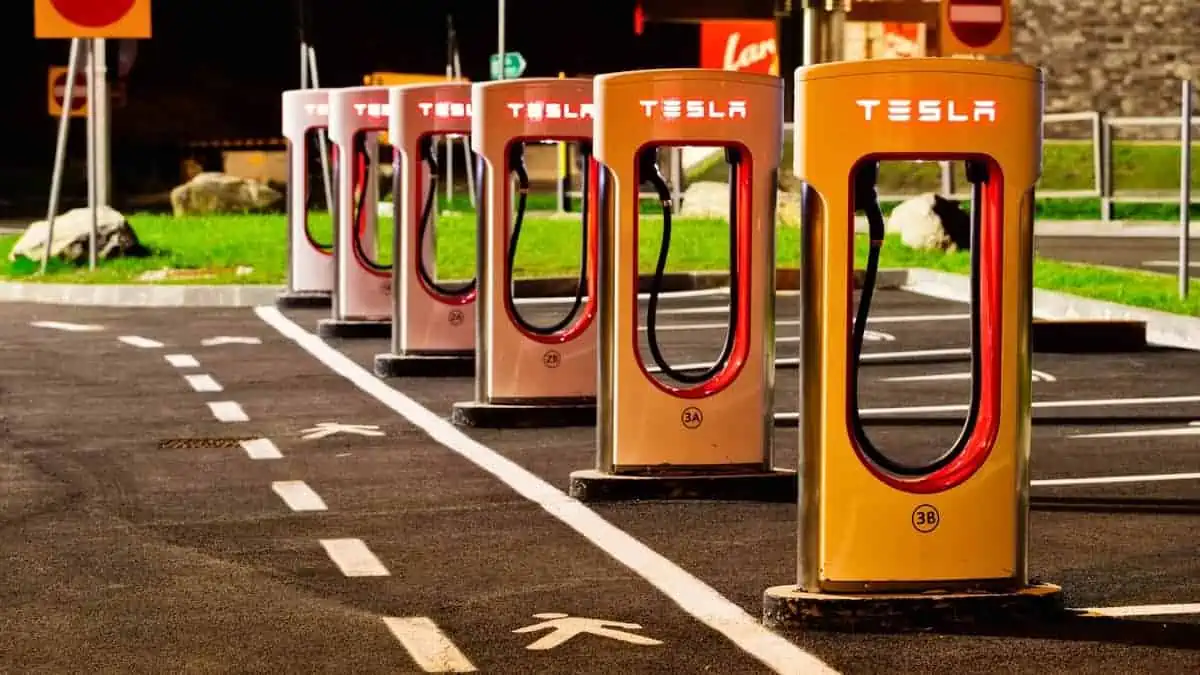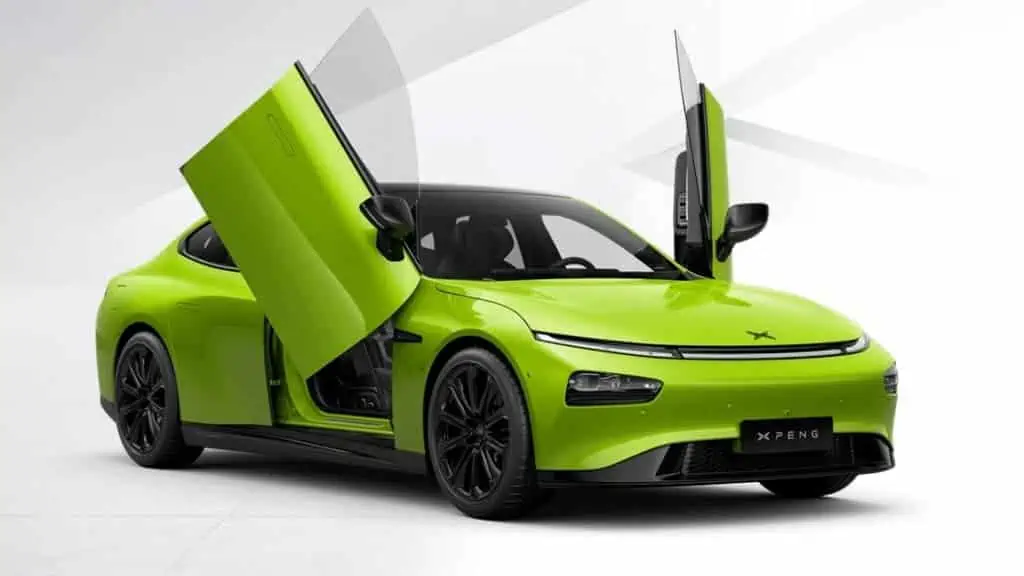Leading American automaker Tesla announced on January 31 that it had expanded the Non-Tesla Supercharger Pilot program to Australia. Notably, it was the first time that Tesla launched the program beyond Europe.
A further point worth mentioning is that Australia is the 16th market since the program’s November 2021 inception to allow non-Tesla EVs with CCS compatibility to use specific Tesla Supercharging stations.
Remarkably, Tesla’s Supercharger network now reached 40,000 units across the world.
“Access to an extensive, convenient and reliable fast-charging network is critical for large-scale EV adoption. That’s why, since opening our first Superchargers in 2012, we have been committed to rapid expansion of the network. Today, we have more than 40,000 Superchargers worldwide.”
Tesla
Non-Tesla Supercharger Pilot program in the Australian market
Tesla only initially erected five Supercharger stations with 120 kW peak power (V2 chargers) in the country, which are all located in New South Wales. Notably, that number represents roughly one-tenth of the whole network.
The network currently covers Narooma, Hollydene, Tamworth, Dubbo, and Bathurst.
Interestingly, it had been easier for Tesla to open the Non-Tesla Supercharger Pilot program in Australia. The country utilizes the CCS Combo 2 (CCS2) plug for fast charging, just like in Europe. It must be noted that the plug is now inherently compatible with every new Tesla vehicle.
Meanwhile, non-Tesla EV drivers must use the Tesla app to initiate the charging process in the Supercharger network.
As for the charging fees, Drive.com.au published the following prices for Tesla and non-Tesla EVs:
| Supercharger network | Prices |
| Tesla EVs | $0.58/kWh to $0.70/kWh, depending on the location |
| Non-Tesla EVs | $0.79/kWh or $0.66/kWh with a $9.99/month subscription |
Global Non-Tesla Supercharger Pilot program
Tesla has already penetrated numerous international markets with its Non-Tesla Supercharger Pilot program. Below is a complete list of the markets covered by the pilot program:
- Australia
- France
- The Netherlands
- Norway
- UK
- Spain
- Sweden
- Belgium
- Austria
- Denmark
- Finland
- Germany
- Luxembourg
- Switzerland
- Iceland
- Italy
Remarkably, Tesla has no plans to stop there. The automaker aims to continue expanding the program across the globe. It targets foreign markets that use the CCS2 charging plug, particularly in Europe.
However, Tesla is expected to have difficulty launching the pilot program to markets where the CCS1 connector is widely used by automakers and charging networks, such as North America and South Korea.
In that case, Tesla has its proprietary charging plug, which it claims to be the North American Charging Standard (NACS). Moreover, the automaker plans to introduce a “Magic Dock” tool to address the problem, a converter for CCS1 inlets in other EVs.
On the other hand, the EV giant is expected to keep using its own standard in Japan, which supports CHAdeMO. In contrast, Tesla employs GB/T connectors in China that comply with regional standards.






